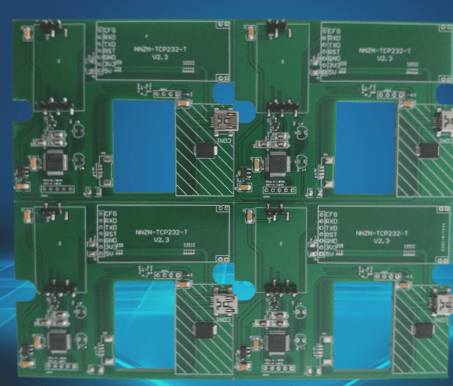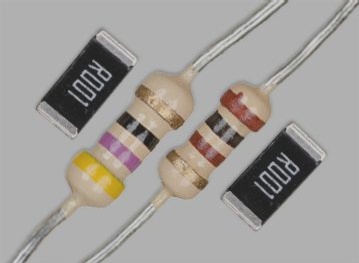1. When connecting the shielding frame and shielding can, both the design and production processes faced significant challenges. The PCB manufacturer we selected is also encountering these difficulties for the first time in producing shielding frames and cans. Despite their high quality, they have not yet met the requirements for SMT, as the deformation of the shielding frame often leads to issues with soldering and related problems.
2. After a period of exploration and numerous design iterations, I gradually learned how to design, manufacture, and package the shielding frame effectively. This approach has resolved the issue of flatness (coplanarity) and allows for smooth operation with SMT suction nozzles.
3. I should clarify that the purpose of this “shielding frame” is to mitigate electromagnetic interference (EMI). It serves two main functions: firstly, to block external noise interference, which is especially critical in wireless communication boards, such as those for mobile phone signals; secondly, to prevent the electromagnetic interference generated internally from affecting other electronic devices (EMC) or imposing a burden on human health.

**Material Selection for Shielding Frame**
Initially, we chose SPTE 0.3mm “tinplate,” often referred to as “foreign white iron.” This is a steel plate tinned on both sides, commonly used in cans. However, this material is quite rigid, and the manufacturer indicated that achieving the 0.1mm flatness (coplanarity) requirement could be challenging. Since SMT steel plates can vary in thickness between 0.10mm and 0.127mm, we aimed for the shielding frame’s flatness to be within 0.1mm. Localized thickened steel plates could also be considered. We hope to enhance the tin content to improve the shielding frame’s overall quality and boost production yield.
Subsequently, we transitioned to C7521R, known as “white copper,” a copper-nickel alloy composed of 66% copper, 0.5% manganese, 19.5% nickel, and trace amounts of zinc. This material features a silvery-white color, exceptional toughness, ductility, strength, stability, fatigue resistance, and corrosion resistance, making it highly suitable for stamping processes. Essentially, C5721R is more manageable for reprocessing and leveling than SPTE, which manufacturers strongly recommend, though it is slightly pricier.
**Design of Shielding Frame**
Beyond functionality, the shielding frame’s design must ensure compatibility with PCBA production, particularly for automated SMT processes. This necessitates considerations to prevent deformation due to stress release over time after stamping, forming, and leveling.
To accommodate SMT automation, a 4mm diameter area must be integrated into the shielding frame, serving as its center of gravity. This allows the SMT machine’s suction nozzle to effectively pick up and place the shielding frame. If the center of gravity is misaligned, the machine risks skewing during handling, potentially leading to component misplacement and reduced SMT machine efficiency.
To enhance the shielding frame’s structural integrity, we typically reinforce the corners, as stress tends to accumulate there and may be released over time. If feasible, adding elongated openings along the edges can facilitate leveling during secondary processing. However, this must align with packaging considerations since structural gaps can make the design more fragile, increasing the risk of damage during manual handling.
**Roll Packaging of Shielding Frame**
When given a choice, 11 out of 10 PCB engineers prefer “tape-on-reel” packaging over “tray” packaging. From our understanding at Shenzhen Honglijie, pallet packaging complicates the quality control of printed parts. Hard pallets are essential, as PVC soft pallets can distort the shielding frame, making it challenging to maintain precision during part retrieval.
When packing the shielding frame in tape, attention must be paid to the tape’s radius, particularly the inner radius. A smaller innermost circle radius increases the likelihood of bending the shielding frame, compromising flatness. Consequently, larger shielding frames require a larger inner radius.
Additionally, it’s crucial to confirm whether the tape and reel packaging is conducted by the stamping manufacturer or outsourced. Outsourced packaging can complicate responsibility if issues arise with the PCB product.



